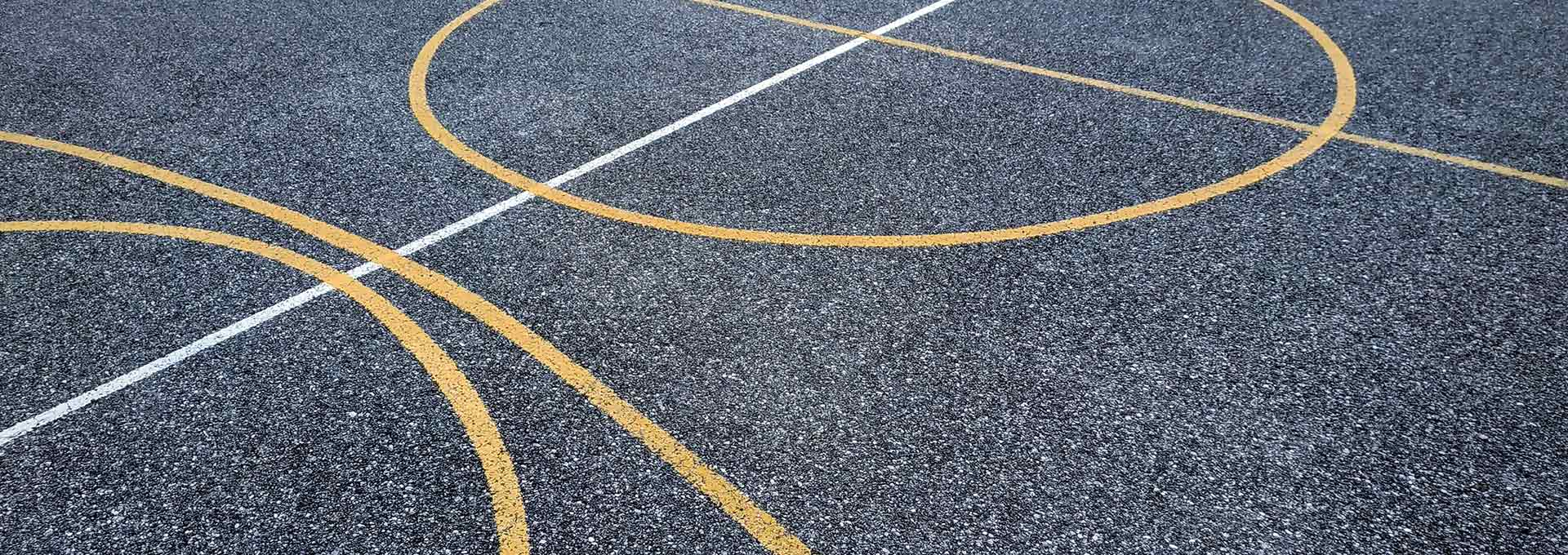
Resources
Seed Grant Awardee: Kenan Song
A Novel 3D Printing Mechanism for Personalized Sports Medication
Kenan Song | Fulton Schools of Engineering
The concept of personalized medication according to a person’s physiological, genetical, and biological conditions is on the research agenda of pharmaceutical science. 1. Individuals respond differently to various medical cares, and they may experience more or less benefit/risk associated with particular drugs. 2. Personalized medication will meet the needs and preferences regarding an individual’s health status and body type requirements; for example, 3D printing can customize medicine for seniors, athletes, and expectant mothers via varying drug component levels, sizes, shapes, flavors, or surface finishes, facilitating compliance of the treatments. 3. 3D printing is an additive manufacturing process to create three-dimensional objects, including but not limited to, personalized medicine, implants and customized medical devices that accelerate the rehabilitation, prevent disease, or improve performance of sportsperson from varied groups.
This proposal aims to develop a novel 3D printing protocol for personalized medication and understand the printing mechanism for controlled drug loading and release behaviors. The in-house designed 3D printer consists of multi-tool fabrication procedures, namely, (i) projection micro-stereolithography (PμSLA), (ii) fine fiber spinning-based fused deposition modeling (FFS-FDM), and (iii) flow-assisted inkjet (FaJet). The combinatory uses of these hybrid printing techniques will selectively place the drug carriers with different positional and orientational orders for drug delivery efficiency management, which is challenging to achieve in the traditional pharmacy industry. The arrangement of drug carriers is through the generation of confinement systems at each printing layer (micron scale) within which to assemble drug carriers (nanoscale). The PμSLA or FFSFDM method will build 3D microscale lattices, and FaJet will fill these lattice vacancies with drug-loaded carrier inks. The hypothesis is that fluid dynamics during inkjet spraying aligns the carriers upon ejection, and multiple other factors may either preserve or relax these preferred particle configurations.
Published Work